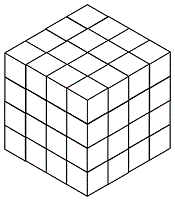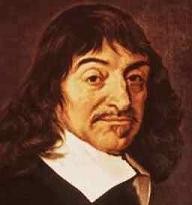ART WARS:
Art at the Vanishing Point
From the web page Art Wars:
"For more on the 'vanishing point,'
or 'point at infinity,' see
Midsummer Eve's Dream."
On Midsummer Eve, June 23, 2003, minimalist artist Fred Sandback killed himself.
Sandback is discussed in The Dia Generation, an April 6, 2003, New York Times Magazine article that is itself discussed at the Art Wars page.
Sandback, who majored in philosophy at Yale, once said that
"Fact and illusion are equivalents."
Two other references that may be relevant:
The Medium is
the Rear View Mirror,
which deals with McLuhan's book Through the Vanishing Point, and a work I cited on Midsummer Eve  …
…
Chapter 5 of Through the Looking Glass:
" 'What is it you want to buy?' the Sheep said at last, looking up for a moment from her knitting.
'I don't quite know yet,' Alice said very gently. 'I should like to look all round me first, if I might.'
'You may look in front of you, and on both sides, if you like,' said the Sheep; 'but you ca'n't look all round you — unless you've got eyes at the back of your head.'
But these, as it happened, Alice had not got: so she contented herself with turning round, looking at the shelves as she came to them.
The shop seemed to be full of all manner of curious things — but the oddest part of it all was that, whenever she looked hard at any shelf, to make out exactly what it had on it, that particular shelf was always quite, empty, though the others round it were crowded as full as they could hold.
'Things flow about so here!' she said at last in a plaintive tone…."
 "When Alice went
"When Alice went
through the vanishing point"
























 …
…